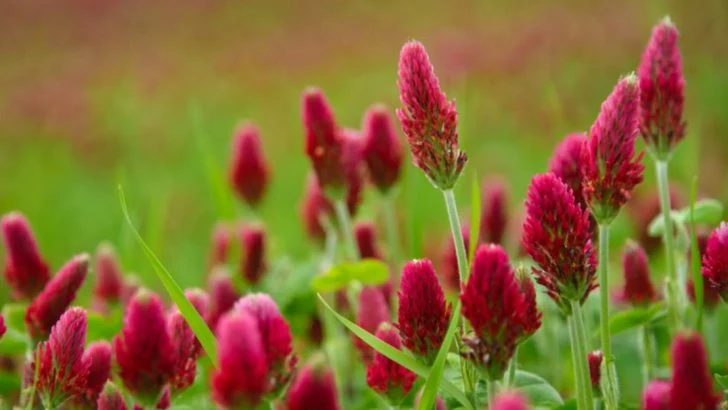Your soil is tired. It’s been feeding, draining, baking, flooding, and putting up with your constant digging—and it’s not getting any younger. If it could talk, it would beg for a spa day. That’s where cover crops come in. These green healers dive deep, fix nitrogen, smother weeds, and toss in a little organic matter while they’re at it. They don’t ask for applause—they just quietly rebuild your soil from the roots up. Whether you want a quick fix or a winter-long recharge, these ten cover crops are ready to roll up their leafy sleeves and do the dirty work.
Buckwheat
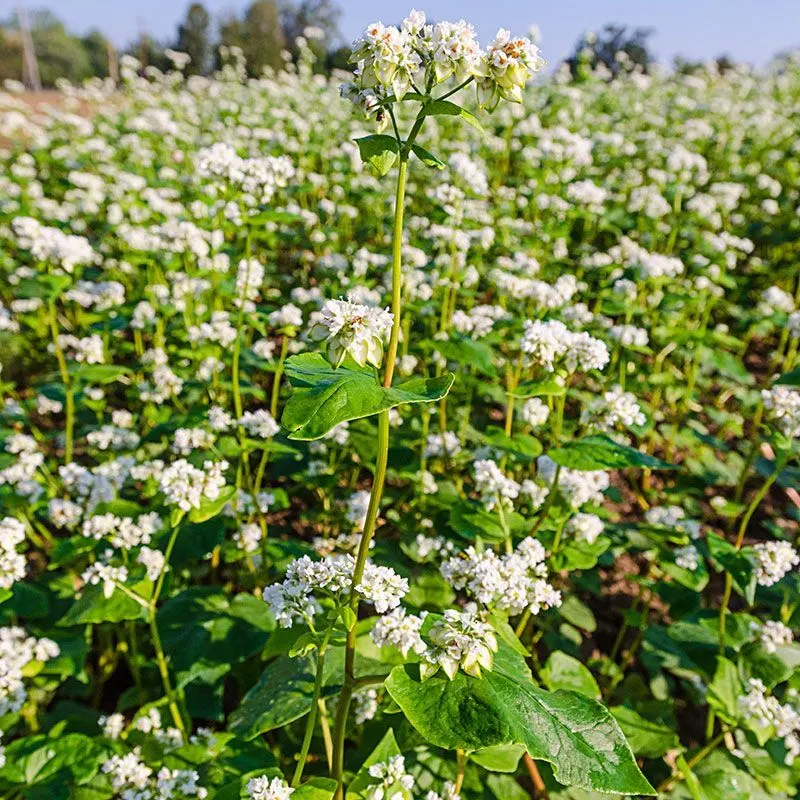
Buckwheat is a fast-growing cover crop that gardeners treasure for its ability to suppress weeds and improve soil fertility. Growing quickly, it shades the ground, preventing unwanted plants from taking root.
This crop is especially known for its ability to thrive in poor soil, breaking down phosphorus and making it available for subsequent plantings. It also attracts beneficial insects like bees, thanks to its beautiful, delicate white flowers.
Did you know? Buckwheat was one of the first crops domesticated by humans. Its history adds a touch of nostalgia to any garden.
Winter Rye
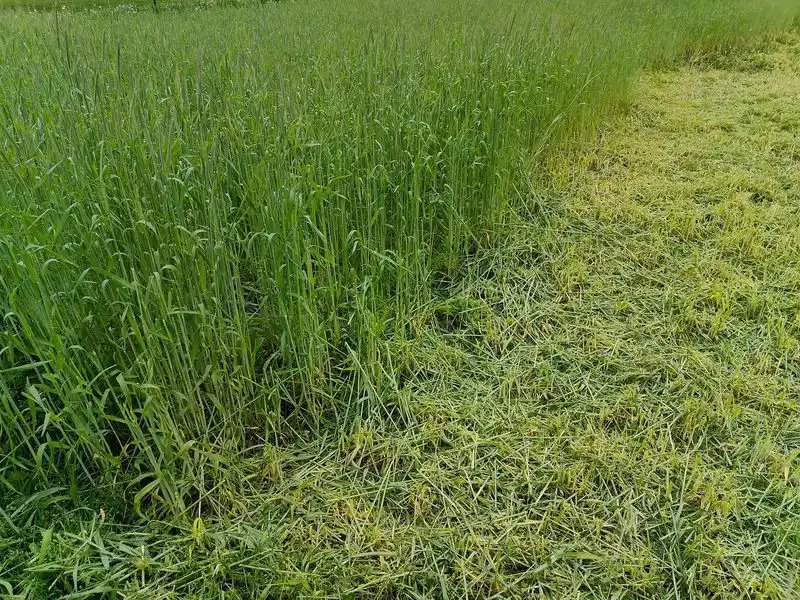
Winter Rye stands as a hardy choice among cover crops. As the cold months approach, this resilient plant continues to grow, providing essential soil cover.
Its roots delve deep, improving soil structure and preventing erosion. By spring, the organic matter left behind enriches the soil, making it ready for planting.
Fun fact: Winter rye has been used for centuries in various cultures for both its soil benefits and its utility as a grain crop. Its versatility makes it a popular choice among gardeners.
Vetch
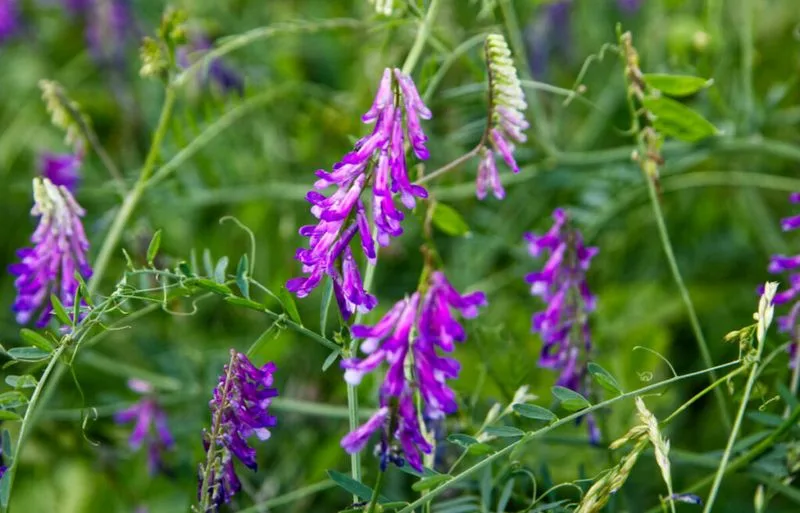
Vetch is celebrated for its nitrogen-fixing abilities, transforming atmospheric nitrogen into a form accessible to plants. This makes it a valuable ally for soil enrichment.
Its sprawling growth habit helps cover the soil, protecting it from erosion and suppressing weeds. The vibrant purple flowers add a splash of color to the garden landscape.
Interestingly, vetch has been cultivated since ancient times, often used in rotation with other crops to maintain soil fertility. Its historical significance is matched only by its practical benefits.
Clover
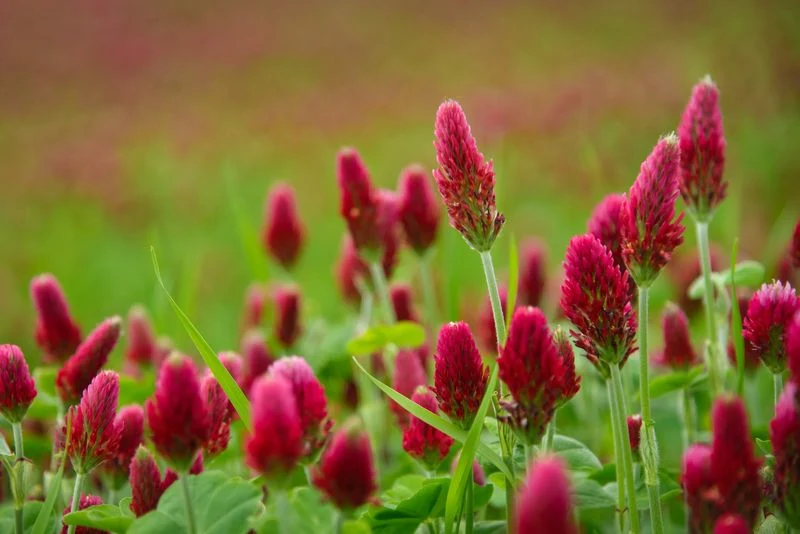
Clover, with its trifoliate leaves, is not just a lucky charm but a gardener’s companion. Known for its nitrogen-fixing properties, clover enriches the soil, supporting healthy plant growth.
This low-growing crop forms a dense ground cover, effectively suppressing weeds and minimizing erosion. Its flowers attract pollinators, adding biodiversity to your garden.
Did you know? Clover has been used as forage for livestock and as a soil improver since ancient times. Its dual purpose in agriculture and gardening makes it an invaluable cover crop.
Hairy Vetch
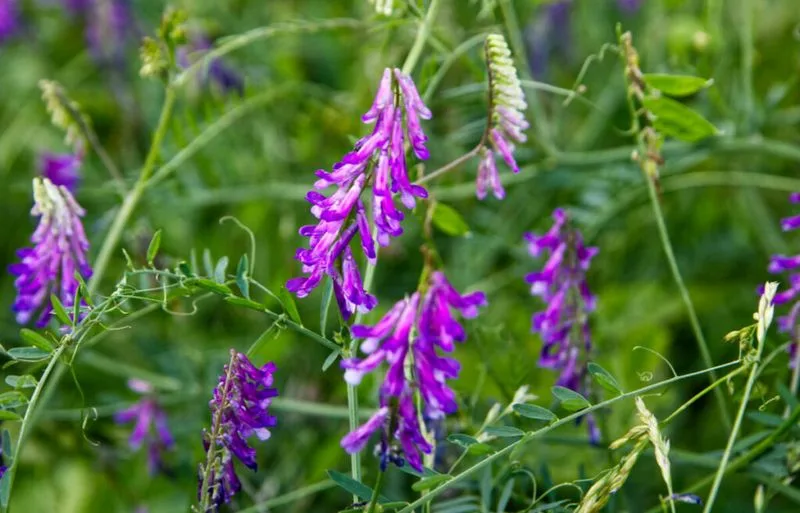
Hairy vetch is a winter annual legume that gardeners adore for its nitrogen-fixing capabilities. Its robust growth provides significant organic matter to the soil.
This crop’s ability to thrive in various climates makes it versatile for different garden settings. Its sprawling vine-like growth helps in covering the soil, preventing erosion and suppressing weeds.
Fun fact: Hairy vetch can improve the structure and fertility of the soil, making it a popular choice for gardeners looking to enhance soil health sustainably.
Field Peas
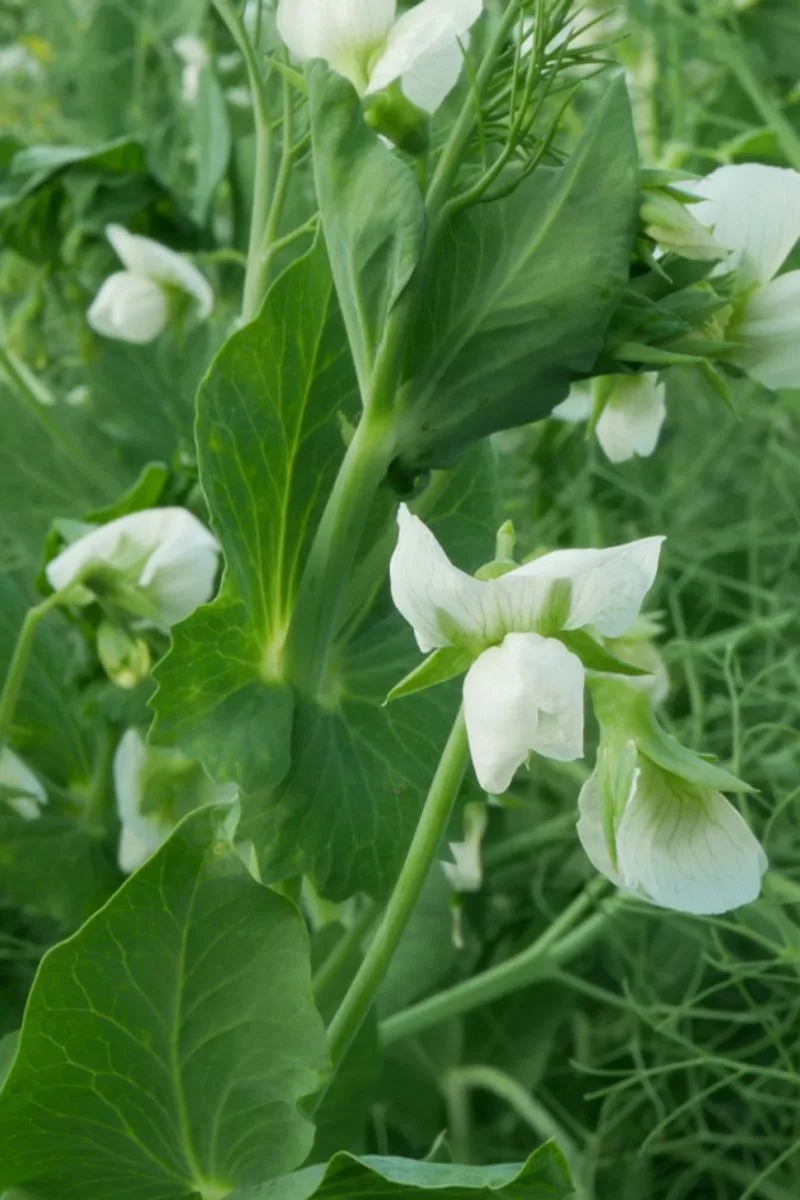
Field peas are a cool-season legume that excels at fixing nitrogen in the soil, providing a natural boost for subsequent crops. These peas thrive in cooler temperatures, making them an excellent choice for fall planting.
Their vines cover the soil, minimizing weed growth and erosion. The delicate flowers add an aesthetic touch to any garden setting.
Did you know? Field peas have been grown since antiquity, serving both as a food source and as a valuable cover crop. Their dual-purpose nature benefits both soil and gardener.
Mustard
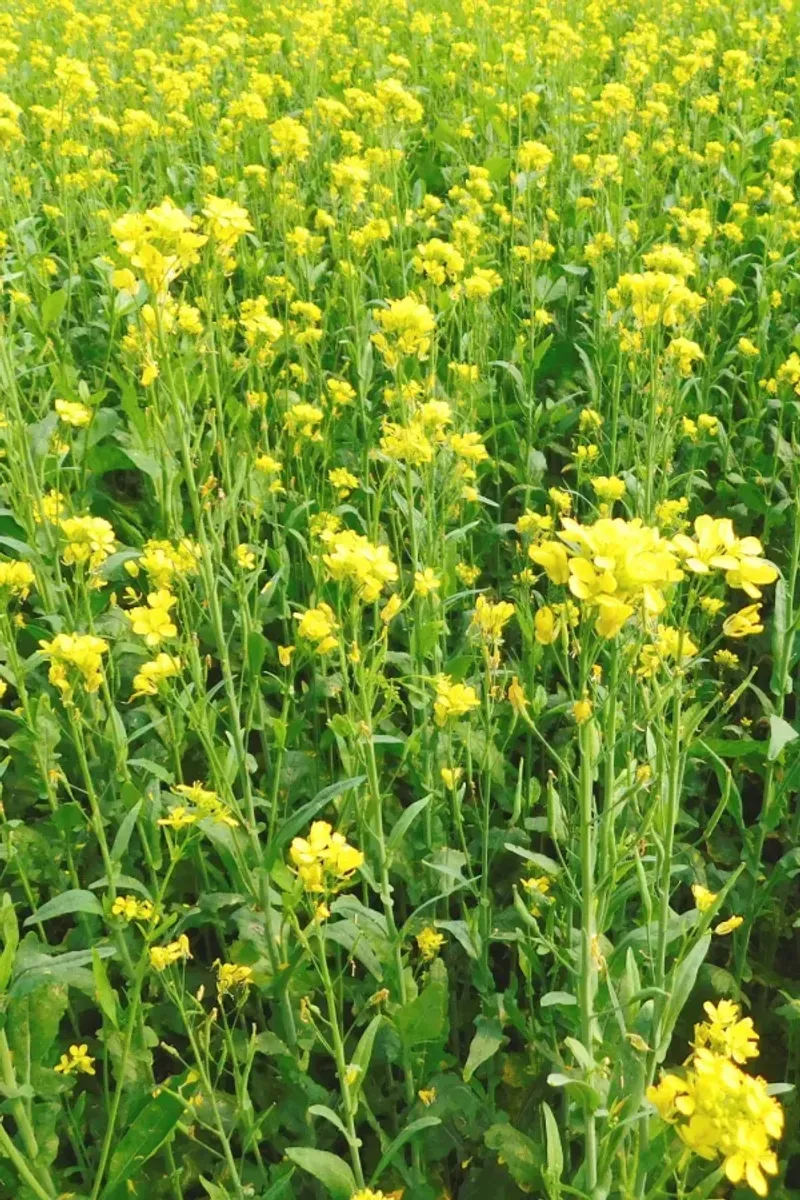
Mustard is more than just a condiment; it’s a powerful cover crop known for its biofumigation properties. When tilled into the soil, mustard releases compounds that can suppress soil-borne diseases.
Its rapid growth shades out weeds, while its bright yellow flowers attract beneficial insects. Mustard also improves soil structure, making it a versatile addition to any garden.
Fun fact: Mustard has been cultivated for thousands of years, valued for both culinary and agricultural purposes. Its dual role enriches both palate and soil.
Oats
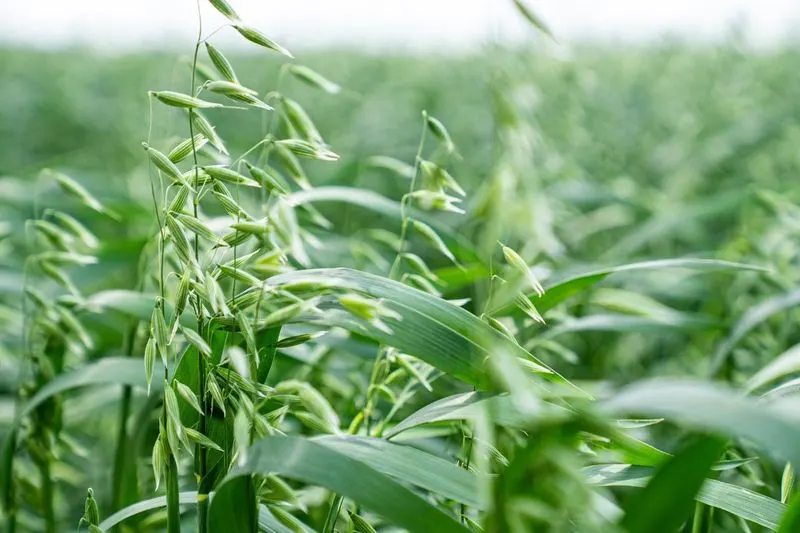
Oats are a gardener’s ally in the fight against soil erosion. As a cover crop, oats grow quickly, forming a dense mat that protects the soil surface.
Their fibrous roots enhance soil structure and water retention, preparing the ground for future plantings. Oats also suppress weeds, adding another layer of benefit to the garden.
Did you know? Oats have been cultivated since antiquity, prized not only for their nutritional value but also for their soil-enhancing properties. They are a staple in sustainable gardening practices.
Sunflowers
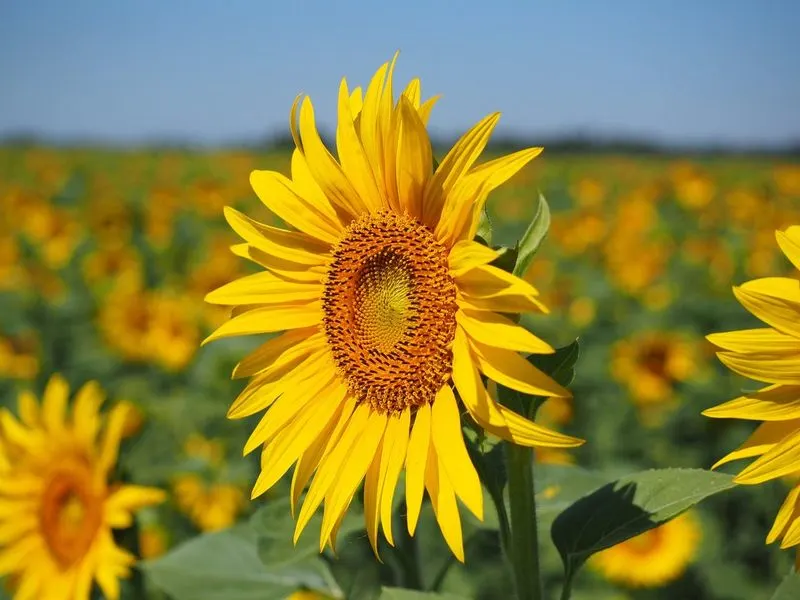
Sunflowers are not just a pretty face in the garden; they serve a functional role as a cover crop with deep roots that penetrate compacted soil layers.
These roots improve soil aeration and structure, providing paths for water and nutrients. Sunflowers also attract pollinators, adding ecological value to the garden.
Fun fact: While primarily grown for their seeds, sunflowers have been used historically to improve soil health. Their towering presence and soil benefits make them a dual-purpose plant.
Radish
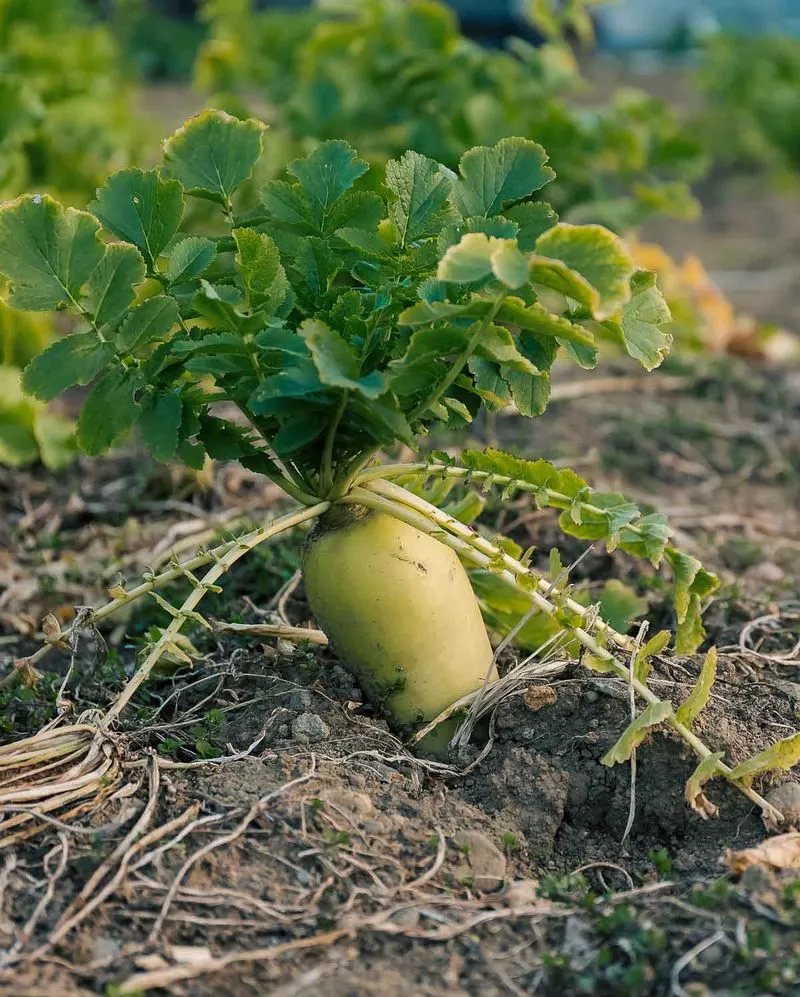
Radishes are more than just salad ingredients; they are powerful tools for breaking up compacted soil. Their long taproots penetrate deeply, creating channels for air and water.
As they decompose, radishes add organic matter to the soil, enhancing its fertility. They also help suppress weeds and reduce soil erosion.
Did you know? Radishes were used by the ancient Egyptians as a staple food and soil improver. Their history and utility in modern gardening highlight their continued relevance.

